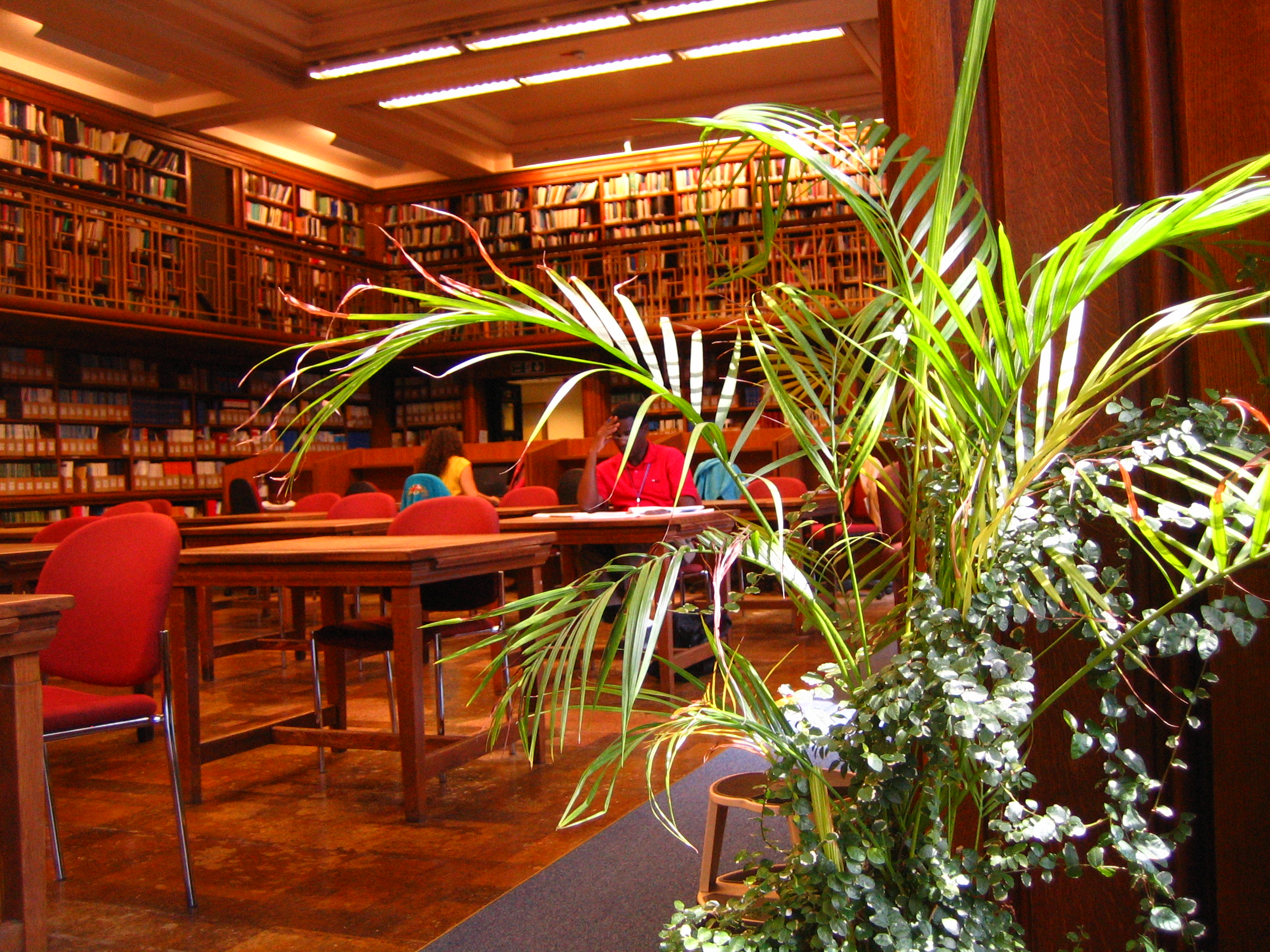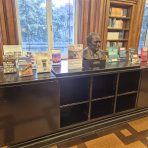‘She sells seashells on the sea shore’
This nineteenth century tongue twister was inspired by the popularity of seaside holidays, as shown in these engravings:
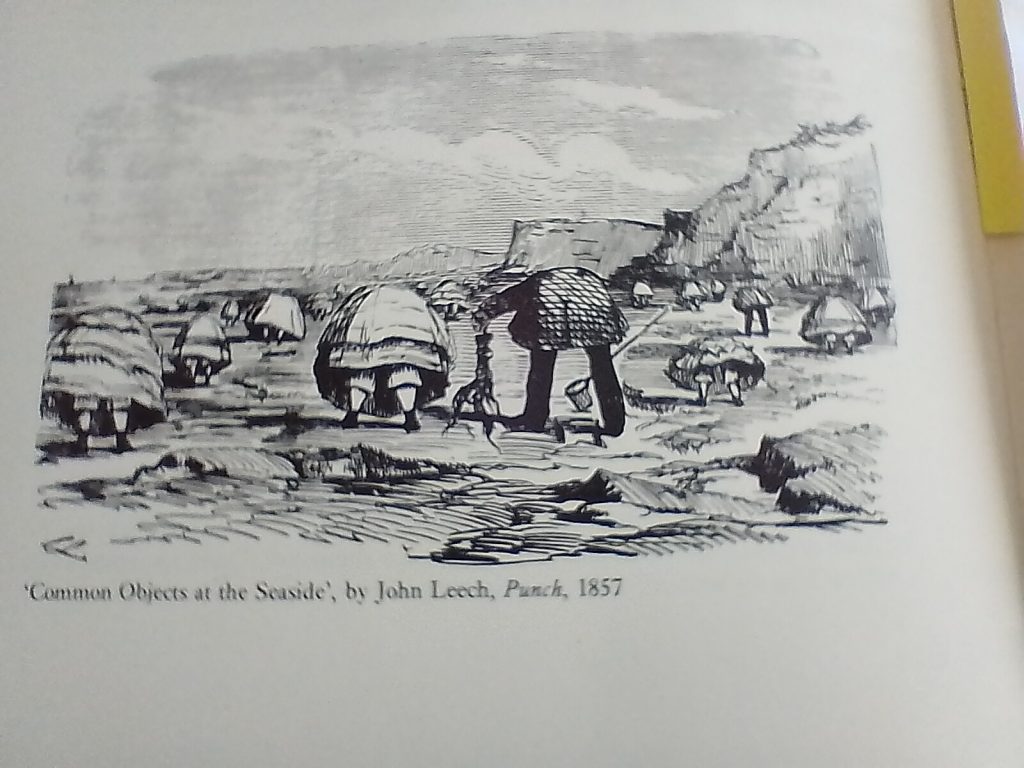
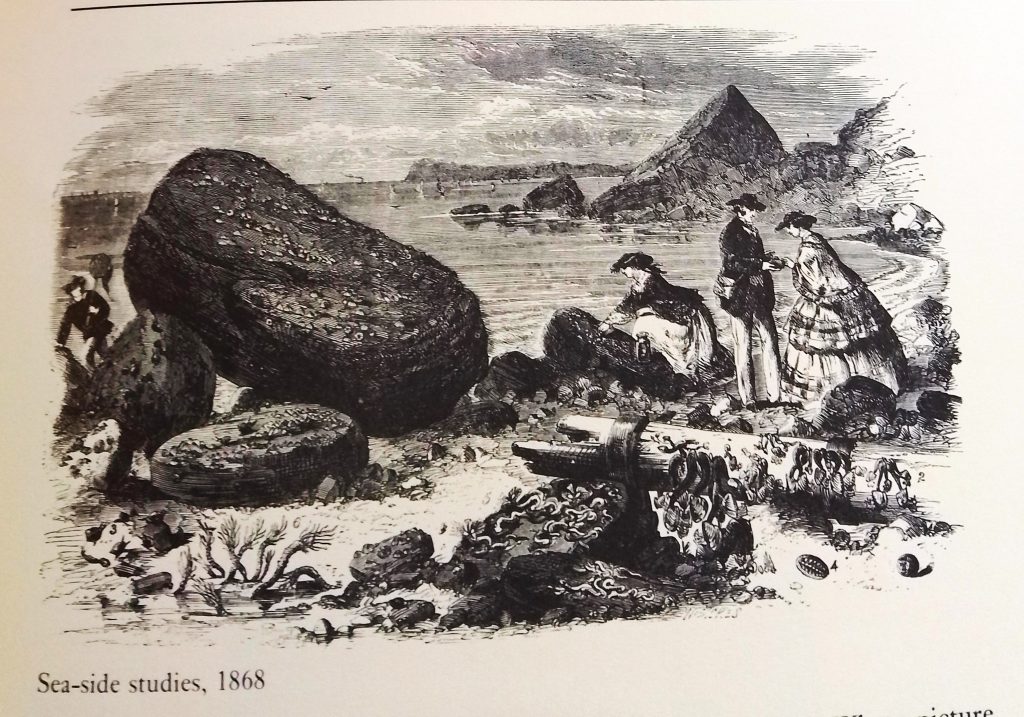
Seaside activities
Sea bathing had long been extolled for its health-giving benefits, but it was really only accessible to the upper classes before the nineteenth century when the railways made travel to coastal towns affordable for city dwelling middle class health-seekers.
Leisurewear as we know it today was not available and, as these prints show, the women are on the beach wearing long, voluminous dresses and fancy bonnets. Not only were the cumbersome crinoline dresses impractical for walking on pebbles and inspecting rockpools, but they could also be harmful to health and well-being as described by Ada S. Ballin, author of The science of dress published in 1885. Ballin cited as examples the weight of these traditional dresses that contributed to poor posture; the long skirts were an impediment to movement and increased the possibility of an accidental trip; the fashion for tight lacing of corsets came in for criticism which constricted the natural waistline and internal organs.
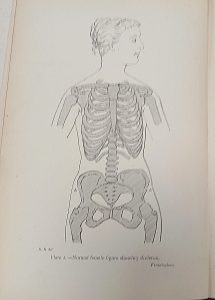
Normal ribcage
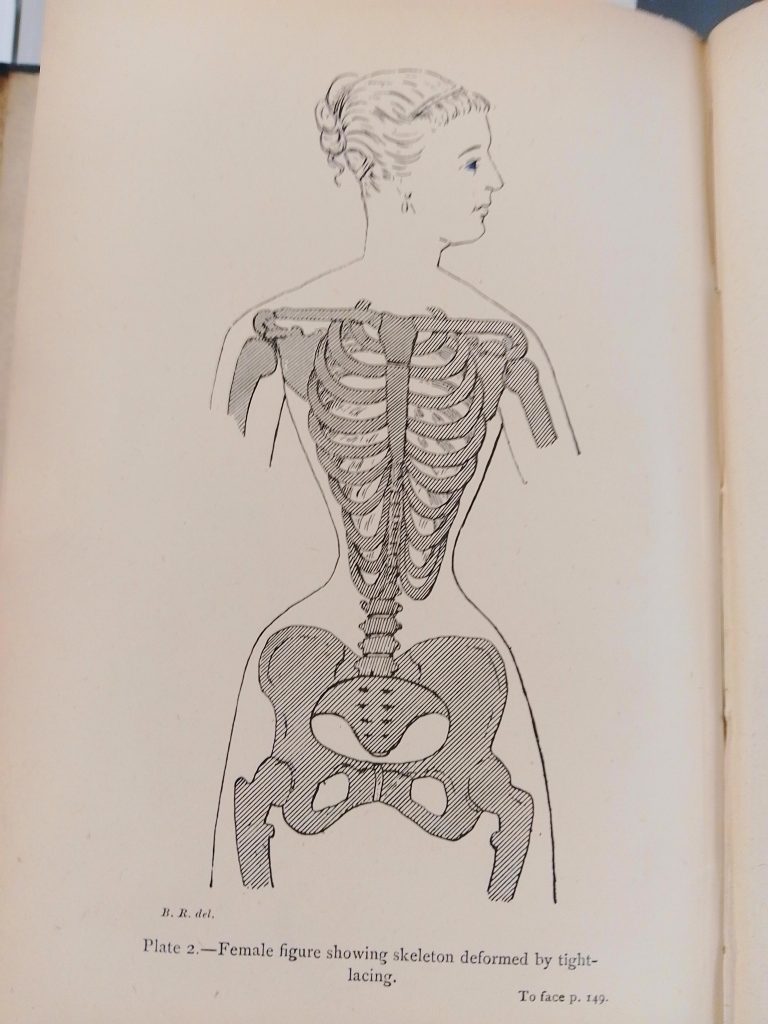
Compressed ribcage
Although these issues had been previously highlighted by the National (later re-named) Rational Dress Society, founded in 1881 by Lady Harberton (1843-1911), Ada Ballin’s The Science of Dress was the first book to address them.
The science of dress was comprehensive advising on fabrics, clothing styles from headwear to footwear, in high and low temperatures, indoors and outdoors, with examples, both suitable and unsuitable, for all age groups from newborns to adult men and women. It was illustrated with eight plates by the orthopaedic surgeon Bernard Roth (1852-1915), F.R.C.S., originally used to illustrate his lecture “Dress: its sanitary aspect,” delivered before the Brighton Social Union in 1880, as well as several line drawings.
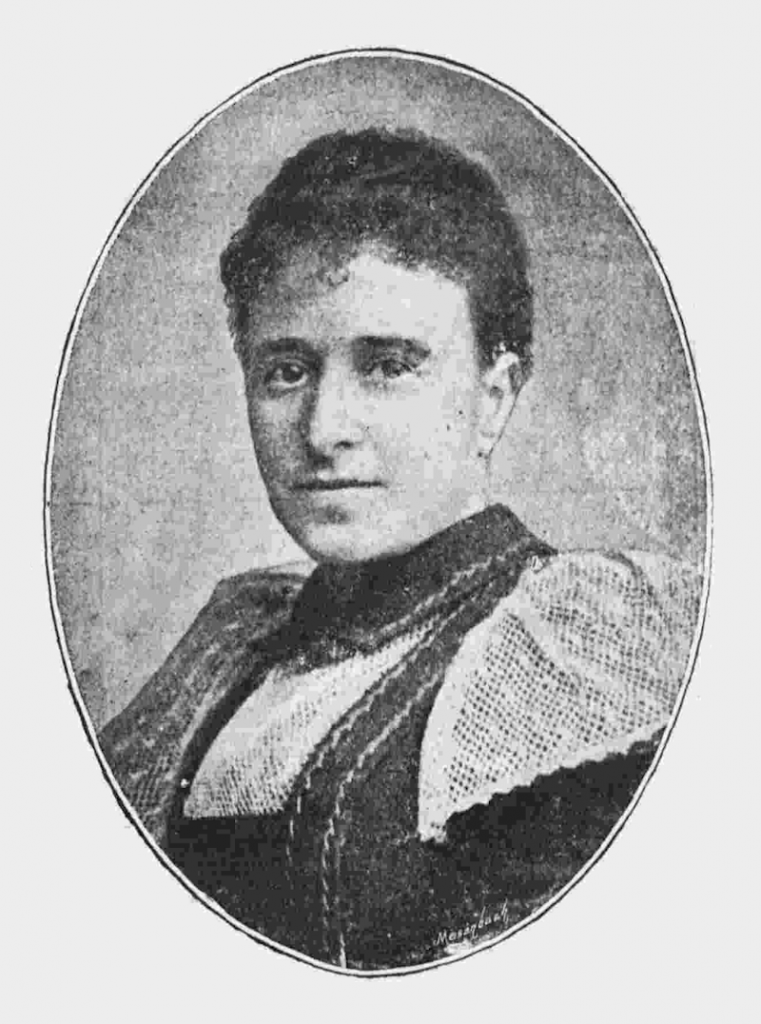
A.S. Ballin
Ada Sarah Ballin (1862-1906) was born in Bloomsbury, London and brought up in a Jewish household where she was educated privately before entering University College, London in 1878 – the first year females were admitted. Although she did not take a degree she studied hygiene and public health and lectured to the National Health Society 1880-1887.
Ballin was only 23 in 1885 when she published The science of dress in theory and practice writing from 14 Tavistock Square, London W.C. This was the start of a career in journalism specializing in public health: Baby : the Mother’s Magazine an illustrated monthly 1887>1915; a series of pamphlets for the Mothers’ Union : How to feed our little ones (1895), Bathing, exercise and rest (1896), Early education (1897) and Children’s ailments (1898) ; a new journal Womanhood 1898>; Health and beauty in dress from infancy to old age (1892); Nursery cookery (1900) are just some of her publications. She was also a counsellor on health issues advising mothers and nurses on baby and child care until her accidental death aged 44 in 1906. She married twice and had one daughter.
The LSHTM copy of The science of dress was acquired in 1950, still in the original publisher’s teal-coloured cloth binding.
References:
BALLIN, A.S., 1885. The science of dress in theory and practice. London : Sampson Low, Marston, Searle, & Rivington. (LSHTM Special Collections SKN 1885) https://discover.lshtm.ac.uk/permalink/44HYG_INST/1g4gmr9/alma991000744352803736
SEBBA, A.M., 2004. Ballin, Ada Sarah, pp. 595-596, in Oxford Dictionary of National Biography 3.
LSHTM Library Rare Books Collection Blogs is an occasional posting highlighting books that are landmarks in the understanding of tropical medicine and public health. The Rare Books Collection was initiated by Cyril Cuthbert Barnard (1894-1959), the first Librarian, from donations and purchases, assisted with grants from the Carnegie United Kingdom Trust. There are approximately 1600 historically important rare and antiquarian books in the Rare Books Collection.
Many of the LSHTM Library’s rare books were digitized as part of the UK Medical Heritage Library. This provides high-quality copyright-free downloads of over 200,000 books and pamphlets for the 19th and early 20th century. To help preserve the rare books, please consult the digital copy in the first instance.
If the book has not been digitized or if you need to consult the physical object, please request access on the Library’s Discover search service. Use the search function to find the book you would like to view. Click the title to view more information and then click ‘Request’. You can also email library @lshtm.ac.uk with details of the item you wish to view. A librarian will get in touch to arrange a time for you to view the item.
Researchers wishing to view the physical rare books must abide by the Guidelines for using the archives and complete and sign a registration form which signifies their agreement to abide by the archive rules. More information is available on the Visiting Archives webpage.
